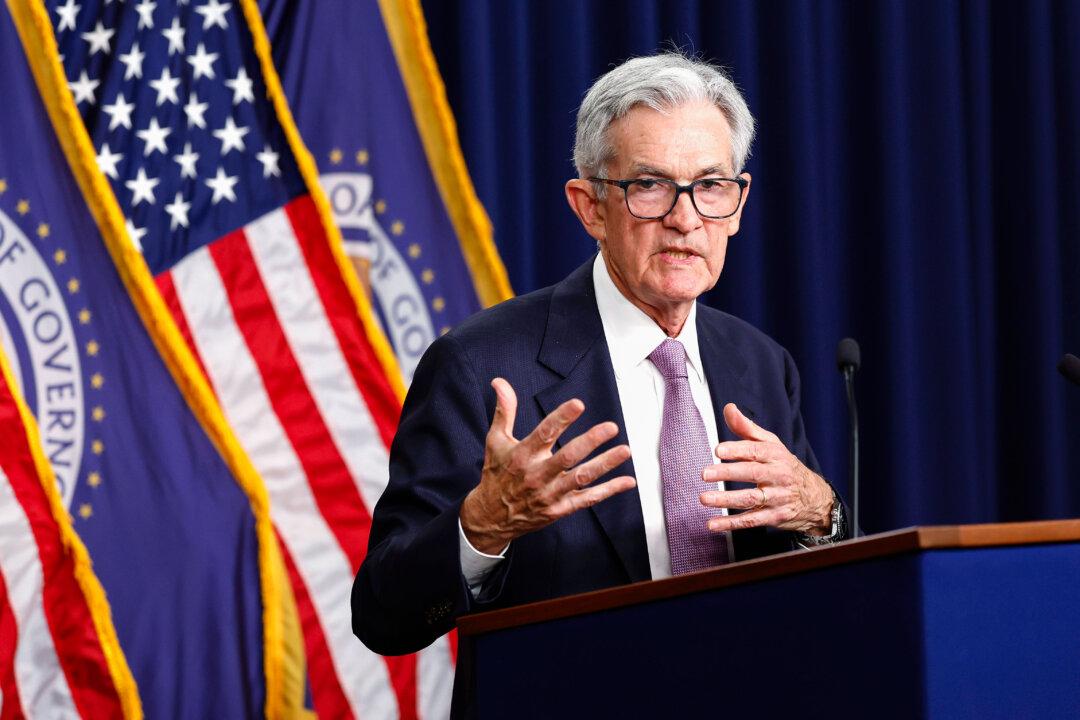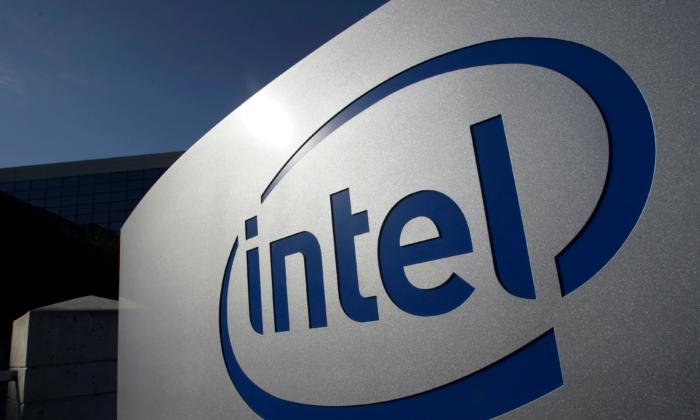The Federal Reserve is keeping its options open to further interest rate cuts on the way to neutral monetary policy. But the path could be bumpy, as the risks of cutting too much or too little remain.
That’s the message from the Federal Open Market Committee (FOMC) statement released on Nov. 7, following its regular November policy-making meeting. The FOMC sees the U.S. economy running very close to an ideal state of steady growth, little inflation, and no downside labor market pressures.
The statement describes an economy very close to the Fed’s dual policy mandate of maximum employment and steady inflation.
“The committee seeks to achieve maximum employment and inflation at the rate of 2 percent over the longer run,” it reads. “The committee judges that the risks to achieving its employment and inflation goals are roughly in balance.”
Yet the statement notes that the economic outlook is uncertain, and the FOMC is attentive to the risks to both sides of its dual mandate. At this point, the committee sees more risks in missing the employment mandate than the inflation mandate.
That’s why it decided to proceed with another cut of the federal funds rate by a quarter percentage point, to a range of 4.5–4.75 percent. It’s a relatively moderate cut compared with the half-percentage point rate cut in its September meeting.
While this rate cut confirms that the Federal Reserve is on a monetary easing path that could bring interest rates to a “neutral state,” it needed to make clear what that neutral state is and when it will arrive.
Instead, the nation’s central bank left its options open.
“We don’t guess, we don’t speculate, we do not assume,” Fed Chair Jerome Powell said, reiterating the longstanding practice of “recalibrating” policy based on the economy’s direction.
That means examining new prices and labor market data to determine whether the economy’s performance is consistent with its dual mandate.
“In considering additional adjustments to the target range for the federal funds rate, the committee will carefully assess incoming data, the evolving outlook, and the balance of risks,” the FOMC said.
David Russell, global head of market strategy at TradeStation, said he thinks the Fed will play for time until we get more data and better visibility on growth.
“If Powell wants to change his tune, he could wait until his speech after [Consumer Price Index] next Wednesday,” he wrote in an email to The Epoch Times. “But there’s no need to do that with the overnight rate well above inflation. After the post-Jackson Hole fireworks, we’re back to the waiting game.”
Still, playing the waiting game will be challenging. Natural disasters and geopolitical events often skew economic data, as did labor market data last month. This time, economic data could be influenced by the incoming administration’s fiscal policy, which could pit monetary policy against fiscal policy and bump the Fed’s path to neutral interest rates.
Rising bond yields are a benchmark for long-term interest rates such as mortgages. As a result, the recent cut in the federal funds rate will not significantly affect mortgage-sensitive sectors of the economy such as housing.
“The Fed’s rate cut was widely anticipated and unlikely to herald in much of a change for the housing market,” Selma Hepp, chief economist for CoreLogic, told The Epoch Times in an email.
“Potential homebuyers will be disappointed to see that mortgage rates remain stubbornly high, as it also moves with the 10-year Treasury, so the markets will only slowly begin to normalize. We anticipate a much more improved rate environment for homebuying next year.”
While homebuyers must wait until next year to see the benefits of lower rates, small businesses may see them right away, according to Rohit Arora, CEO of Biz2Credit.
“There is no doubt that this rate cut will help small business owners,” Arora told The Epoch Times in an email.
“Many small-business owners have variable rate small business loans such as SBA 7(a) loans, and the cost of these loans nearly doubled from 6.5 percent to 11.5 percent over the past two years. This increased cost of financing crushed small-business owners while struggling with skyrocketing high inflation, driven especially by energy and insurance costs.”







